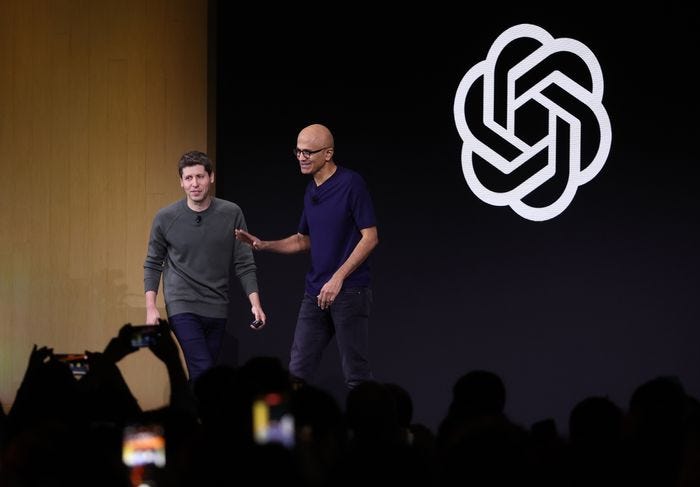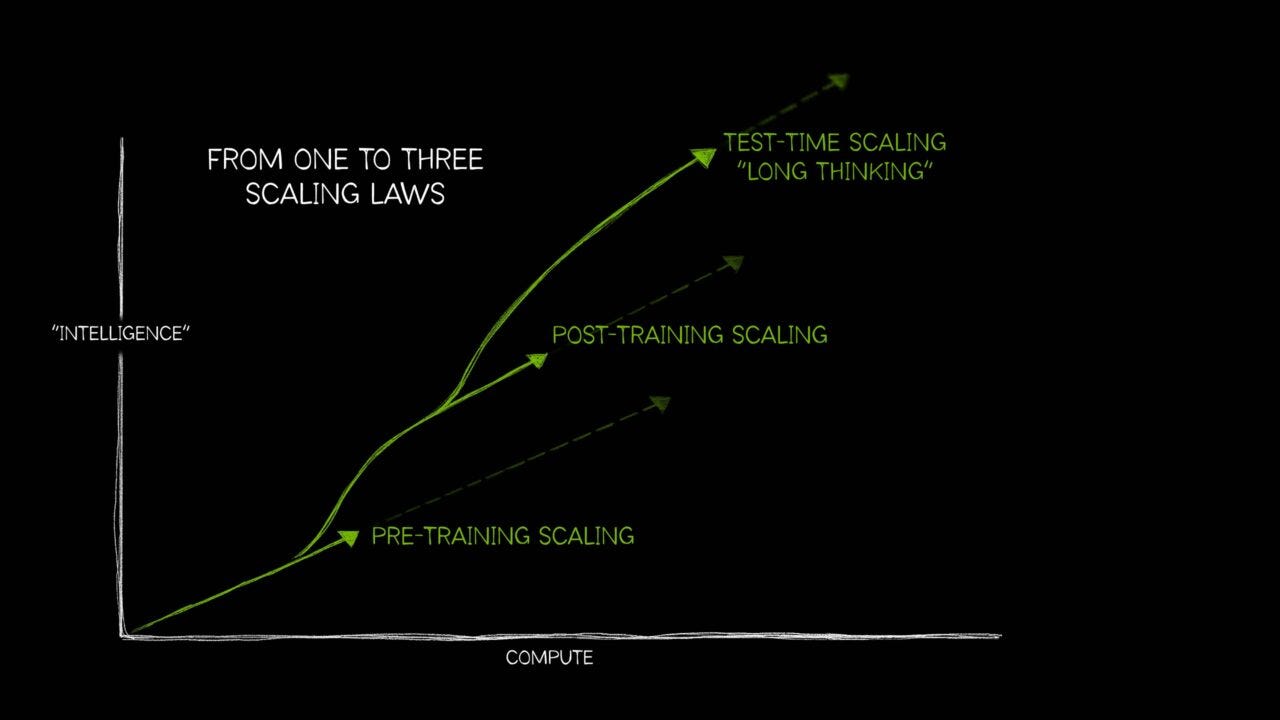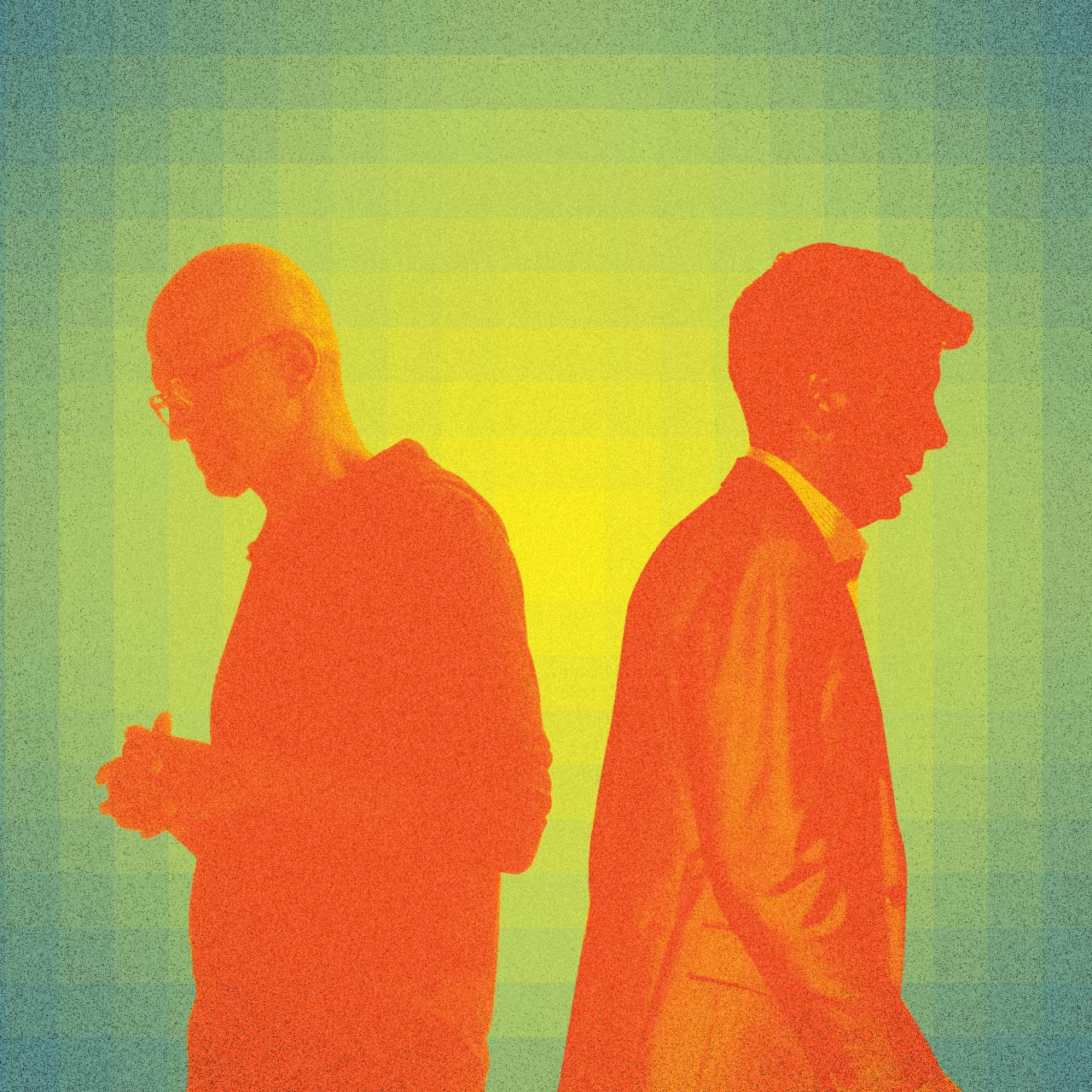AI: OpenAI & Microsoft trying hard to 'thread the needle'. RTZ #764
...despite almost intractable issues to negotiate and unravel
The iconic AI partnership between OpenAI and Microsoft has been coming down to brass tacks of key issues and differences. A bond that was seen as closely aligned is now possibly getting less aligned. It’s a topic I’ve discussed at length here at AI: RTZ, most recently just a few days ago.
For now, it looks as if the two companies may end up ‘threading the needle’ over their differences, despite talk of ‘nuclear options’. But a lot can change in ongoing negotiations. And whatever is decided, will have implications far and wide in this AI Tech Wave. A core issue remains OpenAI’s definition and timing of ‘AGI’, aka artificial general intelligence.
The Information has a detailed look at the latest twists and turns in “OpenAI and Microsoft Duel Over AGI in High-Stakes Negotiation”:
“For the past three years, Microsoft has introduced a slew of new software tools, such as Copilot, by drawing on artificial intelligence developed by OpenAI. Under the terms of the software giant’s financial backing for OpenAI, Microsoft has access to the tech through 2030. The only risk was that OpenAI could move to cut off access if its board decided the AI had developed to the point where it could outsmart humans.”
“Back in 2019, when the deal was first negotiated, Microsoft executives didn’t have many reservations about that provision. Industry insiders regarded the idea that AI could get to that point—known as artificial general intelligence or AGI—as a fantasy.”
““Everyone laughed at this,” said a person involved in the contract talks.”
A laughing matter no longer, given AI Scaling at work:
“Much has changed. OpenAI’s AI tech has evolved so quickly that CEO Sam Altman says OpenAI is on the verge of AGI. Microsoft leaders strongly disagree.”
“The AGI provision is now a point of contention between the companies and could derail the industry’s most important partnership. OpenAI is seeking Microsoft’s approval for a planned restructuring that would allow OpenAI’s for-profit unit, which runs ChatGPT, to eventually go public.”
“Microsoft, the for-profit unit’s biggest outside shareholder, hasn’t agreed, however: It wants OpenAI to remove the AGI clause that allows OpenAI to cut off Microsoft’s access to its AI. So far, OpenAI has refused.”
“In the past two weeks, tensions between the companies have boiled over as each side has privately threatened to take drastic action to bring the other party in line.”
“The idea behind the AGI contract provision is that Microsoft, as one of the world’s most powerful for-profit firms, shouldn’t get access to technology that might eventually help people colonize other planets or develop nuclear fusion. Doing so would go against OpenAI’s founding principle in 2015 to develop technology for the benefit of all of humanity, an idea that has roots in the beliefs of OpenAI founders including CEO Sam Altman and Tesla CEO Elon Musk, who wanted to ensure the most powerful technologies didn’t end up in the hands of for-profit firms.”
It’s not an easy issue for Microsoft to give on given the trillion plus dollar AI premium likely in the stock:
“But Microsoft CEO Satya Nadella and his colleagues see it differently. Accessing OpenAI’s latest technology is vital for Microsoft’s products as it competes with other tech giants like Google. Their concern over retaining access has grown over the past two years as it became clearer that OpenAI’s technology was improving and its business was becoming a runaway success, sometimes at Microsoft’s expense, said two people who have been involved in the discussions.”
“Over the past eight months, as the issue has stalled the restructuring discussions, OpenAI executives have at times suggested the company could soon declare it has achieved AGI, said one of the people involved in the discussions.”
Sam Altman for his part, has been beating on the AGI/SIngularity drum:
“In January, Altman said publicly that OpenAI is “now confident we know how to build AGI,” and in February he said the technology, which he has defined as “a system that can tackle increasingly complex problems, at human level, in many fields,” was “coming into view.”
“Nadella has said the opposite, arguing that companies wouldn’t have standing to claim AGI had arrived until the technology had substantially grown the global economy.”
“This is where we get a little bit ahead of ourselves with all this AGI hype,” Nadella said in a February podcast interview with Dwarkesh Patel. “Us self-claiming some AGI milestone, that’s just nonsensical benchmark hacking to me. The real benchmark is the world [economy] growing at 10%” per year.”
“Microsoft believes OpenAI won’t be able to declare it has developed AGI before 2030, when the companies’ current deal is set to expire, according to a person who spoke to Nadella.”
Part of the resolution is to redefine the AI north star:
“Moving Goalposts”
“There may be a solution to the impasse. The two companies have considered potentially replacing the AGI benchmark with another technology, colloquially known as artificial superintelligence, that has even bigger profit-making and world-changing potential, one of the people close to the talks said. That would move the goalpost further into the future while still ensuring Microsoft will eventually lose access to OpenAI’s most advanced technology.”
“In the meantime, Microsoft has balked at OpenAI’s request for a slew of concessions related to the restructuring, including giving up its right to take 20% of OpenAI’s revenue or allowing customers to access OpenAI models through cloud providers that compete with Microsoft, according to one of the people who spoke to executives in the deal talks.”
“Despite the sticking points, executives at the two companies continue to meet daily to discuss their contract, and Nadella and other Microsoft executives remain confident they can reach an agreement without a full breakdown in talks, according to one of the people who spoke to him.”
All of this of course involves other investors on both sides, who are trying to sort through the complicated relationship between the two companies:
“The outcome of the stalled negotiations could affect a slew of other investors, including a who’s-who of Silicon Valley venture capitalists that own OpenAI shares as well as SoftBank, the Japanese conglomerate that has hitched its wagon to the AI developer. These investors expect OpenAI to raise the biggest initial public offering in history.”
“If the companies don’t reach a deal and OpenAI’s for-profit arm remains in its current state—with nontraditional shares that give shareholders a future cut of profits—an IPO would be impossible. Without the promise of an IPO, OpenAI may have a much harder time raising the capital it says it needs to hit its objectives. The company has projected it would burn $46 billion over the next four years as it spends heavily on servers to develop and run its models, as well as on other costs such as salaries, before turning a profit in 2029.”
The piece goes onto to describe the long history of the two companies to get to this point, all the way to the current impasse. And the other options on the table:
“Meanwhile, OpenAI continues to move closer to Microsoft’s rivals. After OpenAI launched an image-generating tool in ChatGPT in March that unexpectedly went viral, Microsoft ran out of servers to power the product, according to a person involved in the situation.”
“Around that time, OpenAI turned to Google Cloud to gain access to a cluster of specialized servers to handle surging traffic, this person said.”
“Despite competing directly in selling and developing AI models, OpenAI and Google have since brokered a broader cloud agreement, though that doesn’t give Google the ability to host and resell OpenAI models to its cloud customers—something managers at both companies say they would like to see happen.”
The whole piece is worth reading in detail, especially for the various charts and graphs.
But for now, the AI industry is at a fork in the road in this AI Tech Wave, as these two companies figure out how they’re moving forward together, or a bit more apart. Kind of like now the US and China are trying to ‘thread the needle’ on their end. Stay tuned.
(NOTE: The discussions here are for information purposes only, and not meant as investment advice at any time. Thanks for joining us here)










